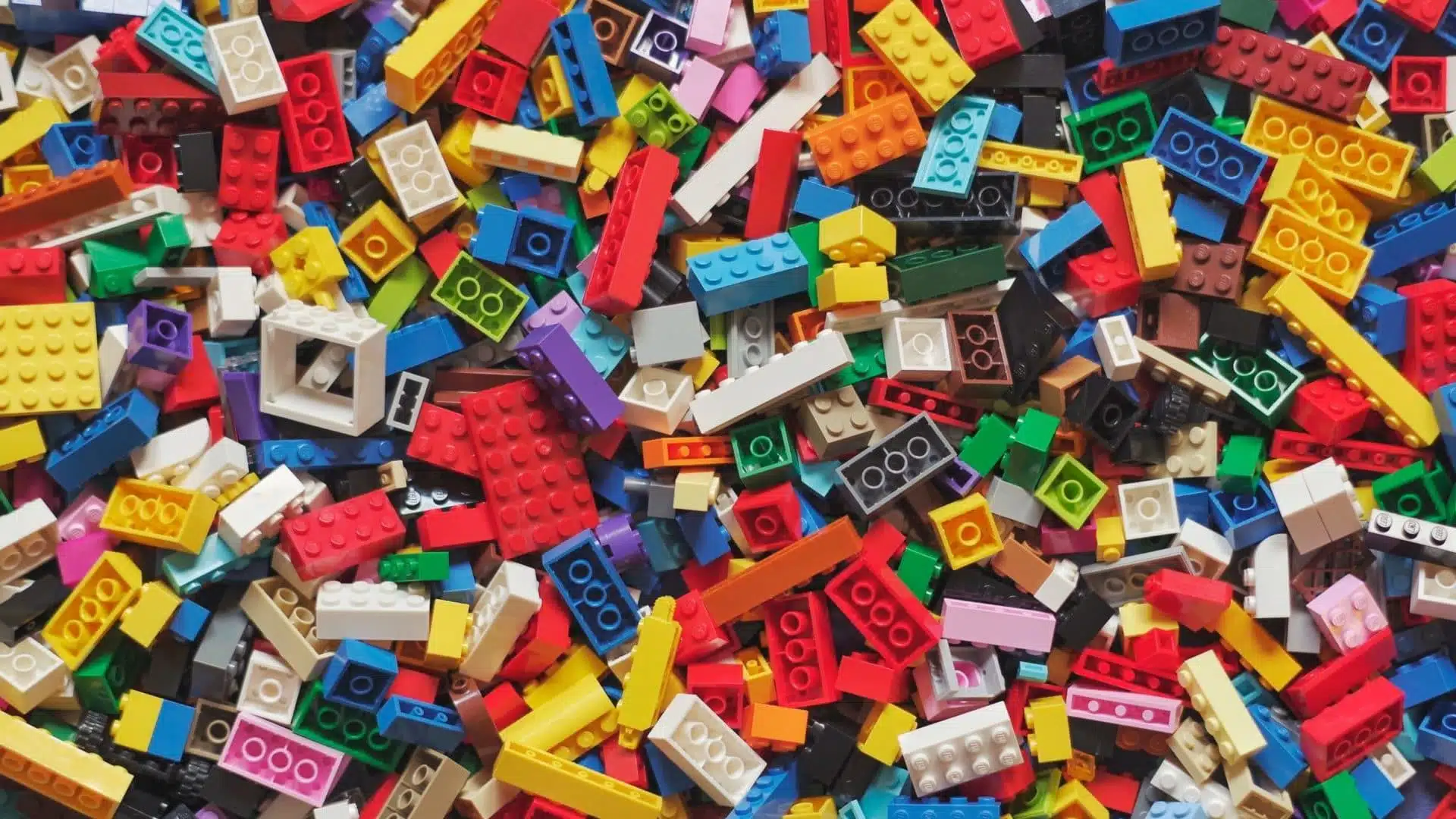McKinsey 7s model was developed by McKinsey consultants Tom Peters, Robert Waterman and Julien Philips in the 1980s . Since the introduction, the model has been widely used by academics and practitioners and remains one of the most popular strategic alignment tools.
The McKinsey 7S Model argues that organizational effectiveness requires more than having an organizational structure and chain of command controlling the achievement of a company’s strategic plans. The model maps seven interacting factors critical in achieving effectiveness in any organization: Structure, Strategy, Staff, Systems, Skills, Style, and Shared Values. Among these elements, Structure, System, and Strategy form the hard Ss while Staff, Skills, Style, and Shared Values make up the soft Ss.
The model places Shared Values at the center to indicate that any change in the founder values affects the other elements. Let’s elaborate on these seven elements here:
Elements of McKinsey 7S Elements
Structure
Structure refers to the hierarchy of control or the chain of command that assigns responsibilities and accountabilities. You exercise control through delegated responsibilities. The organizational structure is more visible than the other elements, and can easily change without affecting the other elements adversely. In layman’s terms, it’s your org chart.
Structure’s should be simple to help people identify the people accountable for different responsibilities.. Organizational structures may include:
- Specialized vs integrated
- Autonomous vs outsourced
- Centralized vs decentralized
- Hierarchical vs flat
Systems
This is the set of procedures, processes, and activities involved in the work done in an organization. Software systems that automate an organization’s procedures, activities, and processes are also part of the systems.
Strategy
A strategy is a thoughtfully chosen and carefully organized business plan outlining a company’s plan of action to realize a sustainable competitive advantage. Your business strategy should align with your mission, vision, and values. Your strategy should be clearly articulated and reinforced.
An effective strategy considers the internal and external environments to ensure the organization is responsive to changes in either. External forces that an organization must consider in its business strategy are competitors, customers, and the government.
Staff
Staff refers to HR-related decisions such as recruiting, training, reward systems, and all activities touching on talent management. A competitive organization should have a diversity of skills to run different departments effectively. The number of staff should also be sufficient for efficiency.
Skills
Skills are competencies and abilities that employees use to achieve a company’s objectives. The right skills are critical in giving a company a competitive advantage. Skill gaps will hinder the effective implementation of your strategy.
Style
Your style determines your organizational culture. It refers to a unique way of doing things, especially the leadership style practiced by management in a specific organization.
The leadership style influences how employees conduct themselves. Over time, this is established as the organization’s code of conduct and passed on to incoming employees.
Shared Values
Shared values are expressed in the organization’s vision, mission, and objectives. They form the foundation of each organization, defining its purpose or societal mandate, which remains constant over time.
Shared values reflect a company’s norms, standards, beliefs, and attitudes. A change in your shared values adversely affects the other elements since your shared values form the bedrock on which they are anchored.
How to Implement the McKinsey 7S Model
The McKinsey 7S Model helps you analyze your company for performance gaps. You can use this management model to identify the gap between how you are currently doing and where you want to be in the future. With the model, you can map out what you need to do to achieve your business strategy.
Step 1: Reviewing the Organizational Design
Brainstorm on the current situation concerning the seven elements to identify gaps and improper alignments.
Step 2: Determine Your Optimal Organization Blueprint
This step involves a lot of research and consultation since you may not get organizational templates to execute. At this stage, set your goals, objectives, and action plans to help you achieve your strategy.
Step 3: Determine the Necessary Realignments
Identify existing misalignments and gaps that may hinder you from executing your strategy effectively to achieve your objectives. Some of the gaps may be inadequate skills and resources or imbalanced allocation of resources.
Here, you also draw your action plan for realignment and filling the existing gas. Your action plans should have timelines and assigned responsibilities. This helps identify those to be held accountable for results and set priorities to keep up with the timelines.
Step 4: Executing the Action Plan
The success of your execution will depend on the people you involve in the implementation of your action plans. If the organization has employees skilled and experienced in change management, they can help you implement your action plans. A consultant can also guide you through this process to ensure you get the best results.
Step 5: Review Regularly
It is essential to review the seven elements and their alignments periodically and take remedial action to keep up with changes in the business environment. For instance, new technology may help you automate some processes.
In your review, you can re-organize your staff deployment. New technology may require reskilling of your employees. These are some of the remedial actions to undertake in your review.
Advantages & Disadvantages of the McKinsey 7S Model
The McKinsey 7s model and help your organization synchronize processes, systems, people, and values. Many companies use the model to identify gaps and misalignments in their organizations, however it will involve widespread adoption and implementation can be time consuming.
When is the Model Applicable?
- It applies when implementing a merger or acquisition
- It helps in the effective implementation of organizational changes
- The model helps when setting your strategic plans for improved performance
- It is critical in mapping possible effects of future changes
For organizations struggling to manage change and restructuring, The McKinsey 7S Model can effectively help companies get specific around their objectives, get better aligned across the organization and ultimately better their performance.











